Vietnamese steamed pork buns, locally known as bánh bao, are a true delight filled with tender pork and encased in soft, pillowy dough. These scrumptious buns are perfect for a satisfying breakfast or snack in Vietnam.
In just a few simple steps, you’ll craft mouthwatering buns that are a feast for both the eyes and the palate. Don’t miss this opportunity to dive into Vietnamese food culture and elevate your cooking skills with this irresistible bánh bao recipe!
Getting To Know Vietnamese Bánh Bao
Vietnamese steamed pork buns, or bánh bao, are a culinary creation that has evolved from its Chinese origins. While similar in appearance to Chinese baozi, Vietnamese bánh bao is typically smaller and features a special blend of ingredients.
The filling of these buns typically consists of ground pork (including both lean and fatty parts), mushrooms, quail eggs, and sometimes salted eggs. Over time, it has become a popular street food in Vietnam. These convenient buns serve as an ideal breakfast option for busy mornings.
The making of bánh bao is also considered a culinary art in Vietnamese culture, requiring skill to perfectly balance the flavors and to create the delicate, fluffy texture of the bun.
How Many Tools Do You Need To Make Bánh Bao?
What Are Bánh Bao’s Ingredients?
I’ll divide these Vietnamese steamed pork buns’ ingredients into 2 parts: the dough and the filling.
For The Dough
For The Filling
How to Make Vietnamese Bánh Bao?
Alright, it’s time to make some Vietnamese steamed pork buns with 6 steps.
Step 1: Activate The Yeast
If using regular yeast, activate it by heating 1 tablespoon of fresh milk over low heat until slightly warm, then add the yeast and stir.
Rest the yeast for about 10 to 15 minutes until it expands. Note that the ideal temperature for activating yeast is between 90 and 104°F (32 and 40°C). Using instant yeast does not require this step.
Step 2: Proof The Dough
Mix the first part of the dough ingredients in a large bowl, leaving about 0.7 ounces of flour for dusting the baking mat.
Knead on a floured baking mat for 15-20 minutes until the dough is no longer sticky. If too dry or you find it hard to knead, add a bit of oil or water. If too wet, add about 0.2 to 0.35 ounces of flour.
Grease a large bowl. Then, place the dough inside, and cover it with plastic wrap. Let the dough rise for about 2.5 hours or until it has expanded 2.5-3 times its original size. The best proofing temperature is between 77 and 100°F (25 and 38°C).
Note
During the summer, you can let the dough sit at room temperature. In the winter months, when it’s cold, you can use an oven by preheating it to 122-158°F (50-70°C) for 3-5 minutes, then turning it off and placing the bowl with the dough inside to rise.
Alternatively, you can use a microwave, placing a large bowl of boiling water inside to help maintain humidity and warmth.
Step 3: Prepare the Filling
Combine all the filling ingredients in a large bowl and mix well.
Shape the filling into round patties and place 2 or 3 quail eggs (depending on preference) in the center of each patty, carefully folding the filling around the eggs.
Step 4: Shape The Buns
Once the dough has been proofed, gently press it down to release the air. Add the second part of the dough ingredients and mix well. Knead the dough for another 10 minutes.
Divide the dough into equal portions.
Flatten each portion into a circle, with the edges thinner than the center.
Step 5: Wrap The Buns
With a bánh bao mold: Once the dough has been rolled out, place the meat filling wrapped in egg in the center and fold the dough to form a round shape. Then, gently press the dough into the mold. Next, flip the mold over and gently tap it on the table to release a neatly formed bun.
Without a mold: Place the filling in the center of the flattened dough and fold the edges over the filling, sealing the bun by pinching the edges together.
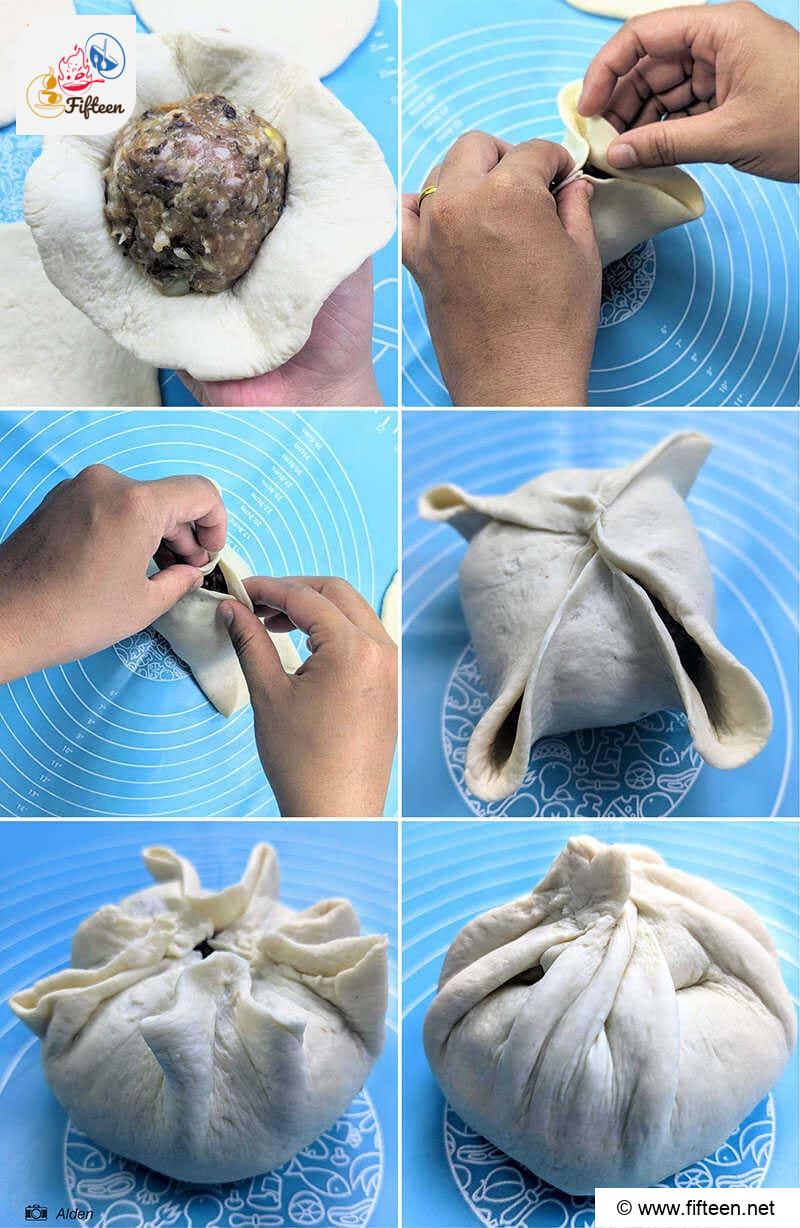
Step 6: Steam The Buns
Place all the shaped buns in a steamer and rest them for 10 minutes before steaming.
Meanwhile, boil a pot of water. After resting, steam the buns over boiling water for about 20 minutes until fully cooked.
Handy Tips You Should Remember
Here are 7 tips to ensure your bánh bao comes out perfectly.
How To Store Your Bánh Bao
Storing Vietnamese steamed pork buns properly is crucial for maintaining their taste and texture. By following appropriate storage methods, you can enjoy these buns whenever you desire.
For uncooked buns, wrap each bun tightly in plastic wrap. Next, place them in the refrigerator, preferably in the cooler section. This will help to keep the buns fresh for up to a week.
When it comes to cooked ones, also wrap them securely with plastic wrap before storing them. Refrigeration will preserve the buns for up to a week, while freezing can extend their shelf life to two weeks. To enjoy the buns later, simply defrost and re-steam them.
Variations Of Bánh Bao You Will Love
FAQs
Sharing The Love For Bánh Bao
With the right tools, ingredients, and techniques, you’ll soon be able to enjoy these soft, fluffy buns filled with a flavorful, savory mixture. Don’t hesitate to experiment with different fillings or ingredients to create your best steamed pork bun.
We would love to hear about your bun-making experience! Please share your thoughts, tips, or variations in the comments section below. If you found this recipe tasty, remember to give it a high rating and share it with others who may be interested in Vietnamese cuisine!
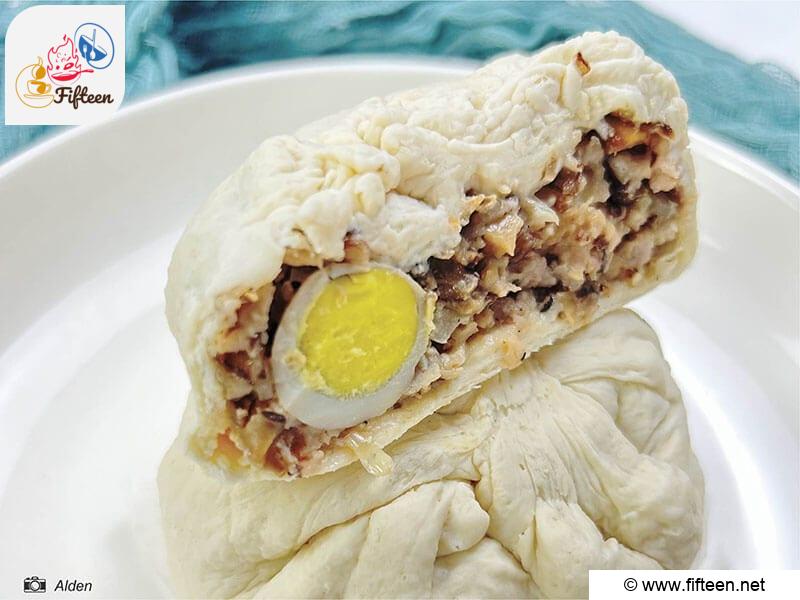
Bánh Bao Recipe (Vietnamese Steamed Pork Buns)
Equipment
- Steamer
- Mixing Bowl
- Spatula
- Baking Mat
- Rolling Pin
- Dough Scraper
- Plastic Wrap
- Parchment Paper
- Banh Bao Mold (optional)
Ingredients
For the dough (First part)
- 0.1 ounces instant yeast
- 8.8 ounces all-purpose flour
- 4 fluid ounces sweetened fresh milk
- 1 fluid ounce cooking oil
For the dough (Second part)
- 2.65 ounces all-purpose flour
- 0.15 ounces baking powder
For the filling
- 14 ounces ground pork
- 12 quail eggs
- 0.7 ounces onion, minced
- 0.7 ounces wood ear mushroom, minced
- 0.7 ounces shiitake mushrooms, minced
- 2 tablespoons sugar
- 1 tablespoon salt
- 1 tablespoon pepper
- 1 tablespoon sesame oil
- 1 tablespoon oyster sauce
- 2 tablespoons cornstarch
Instructions
- If using regular yeast, activate it by heating 1 tablespoon of fresh milk over low heat until slightly warm, then add the yeast and stir. Rest the yeast for about 10 to 15 minutes until it expands.
- Mix the first part of the dough ingredients in a large bowl, leaving about 0.7 ounces of flour for dusting the baking mat. Knead on a floured baking mat for 15-20 minutes until the dough is no longer sticky.
- Grease a large bowl. Then, place the dough inside and cover it with plastic wrap. Let the dough rise for about 2.5 hours or until it has expanded 2.5-3 times its original size.
- Combine all the filling ingredients in a large bowl and mix well.
- Shape the filling into round patties. Place 2 or 3 quail eggs (depending on preference) in the center of each patty, carefully folding the filling around the eggs.
- Once the dough has proofed, gently press it down to release the air. Add the second part of the dough ingredients and mix well. Knead the dough for another 10 minutes.
- Divide the dough into equal portions.
- Flatten each portion into a circle, with the edges thinner than the center.
- With a bánh bao mold: Once the dough has been rolled out, place the meat filling wrapped in egg in the center and fold the dough to form a round shape. Then, gently press the dough into the mold. Next, flip the mold over and gently tap it on the table to release a neatly formed bun.
- Without a mold: Place the filling in the center of the flattened dough and fold the edges over the filling, sealing the bun by pinching the edges together.
- Place all the shaped buns in a steamer and rest them for 10 minutes before steaming. Meanwhile, boil a pot of water.
- After resting, steam the buns over boiling water for about 20 minutes until fully cooked. Enjoy!
- Enjoy!
Video
Notes
- The total time is for making 6 servings of bánh bao.
- Avoid over-proofing the dough, as it will cause the buns to wrinkle when steamed.
- If the dough doesn’t rise, it could be due to a lack of yeast, using too little yeast compared to the amount of flour, or not kneading the dough sufficiently.
- Don’t steam the buns for too long, as it will turn them yellow. Add a little vinegar to the steaming water to prevent this.
- Before steaming, brush the steamer with some oil if you don’t have parchment paper to line the bottom.
- Proofing time depends on various factors, such as ambient temperature and the internal temperature of the dough. An hour is usually sufficient in warmer climates, but it may take longer in colder weather.
- When steaming the buns, ensure the buns are high enough above the pot so that boiling water doesn’t touch and ruin them.
- Using bleached flour or low-gluten wheat flour can result in softer and more delicious buns.


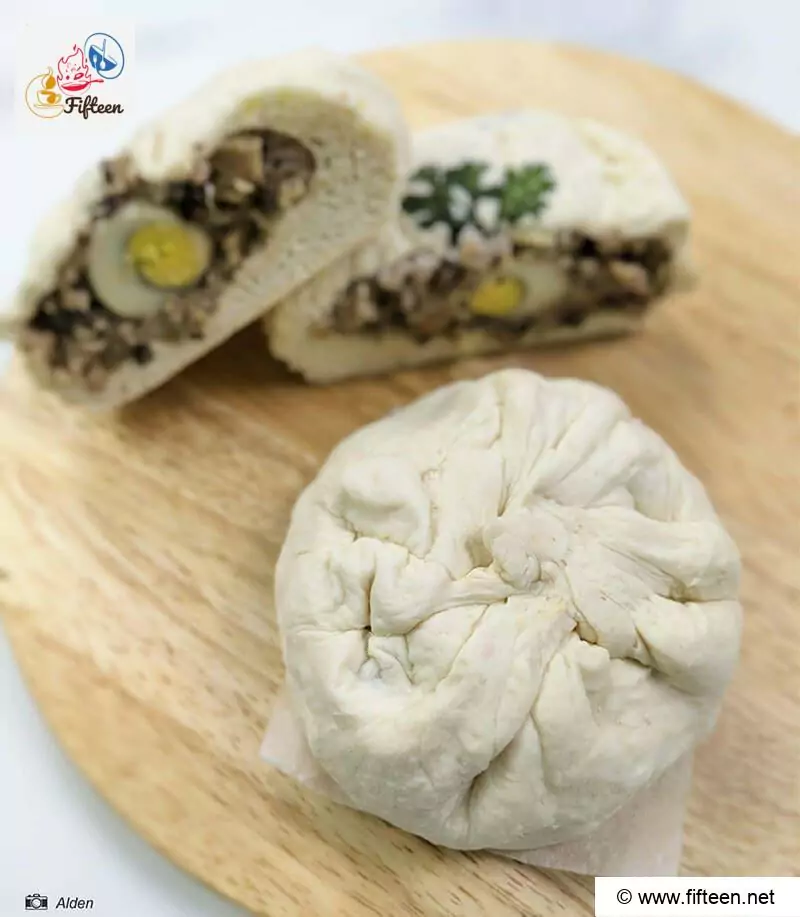
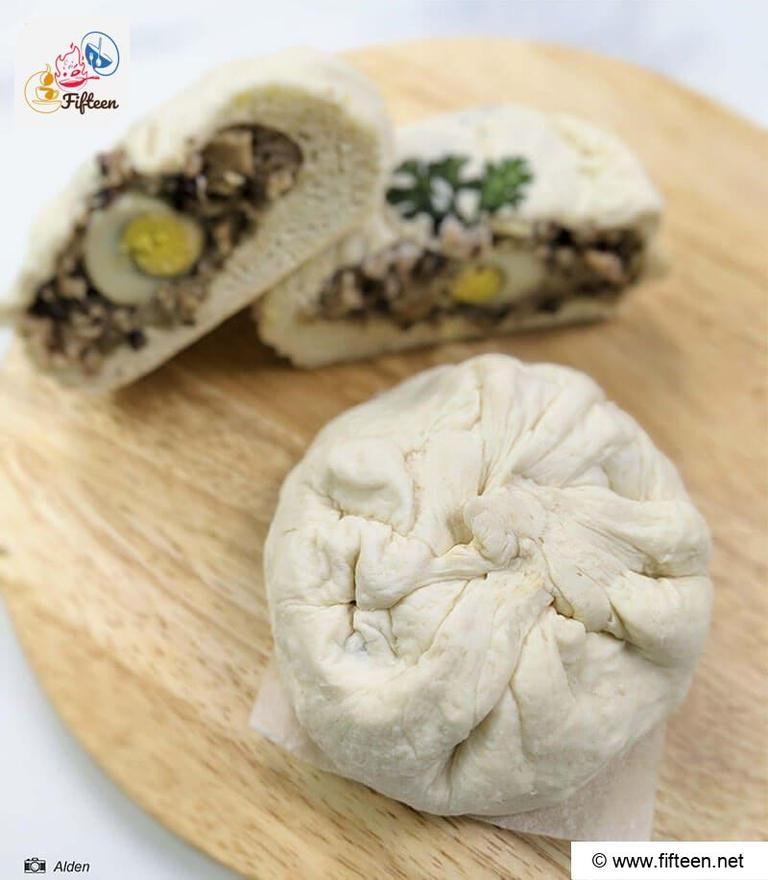
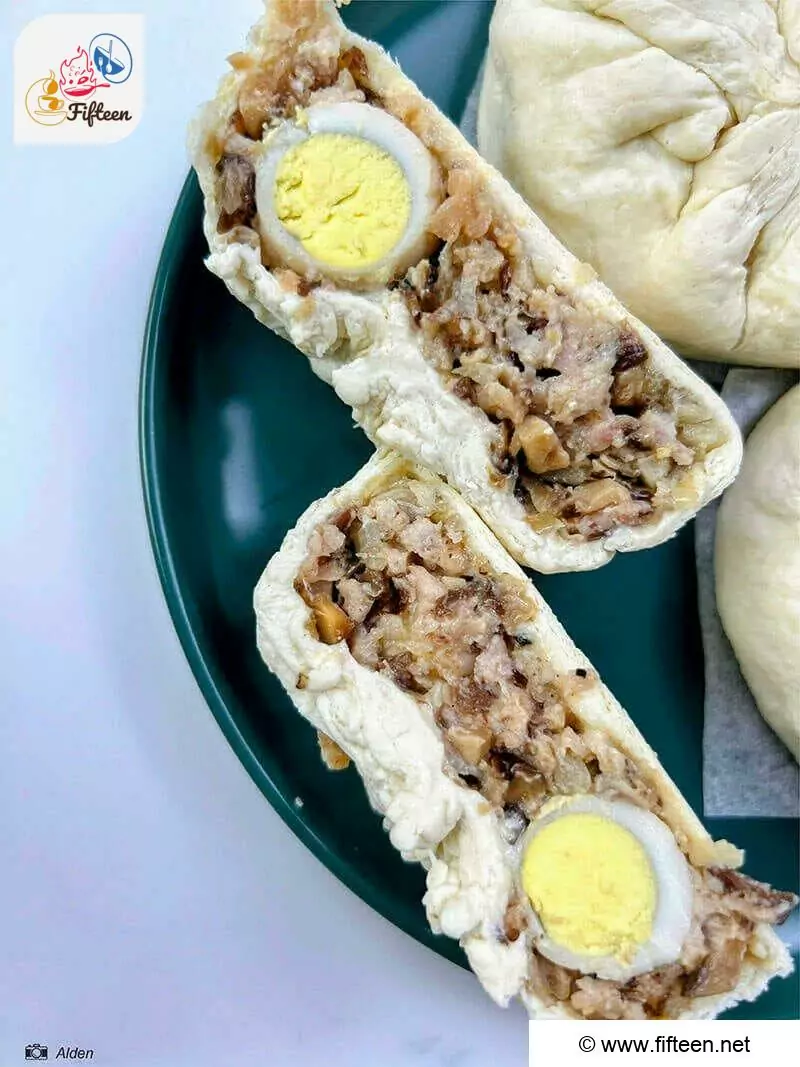
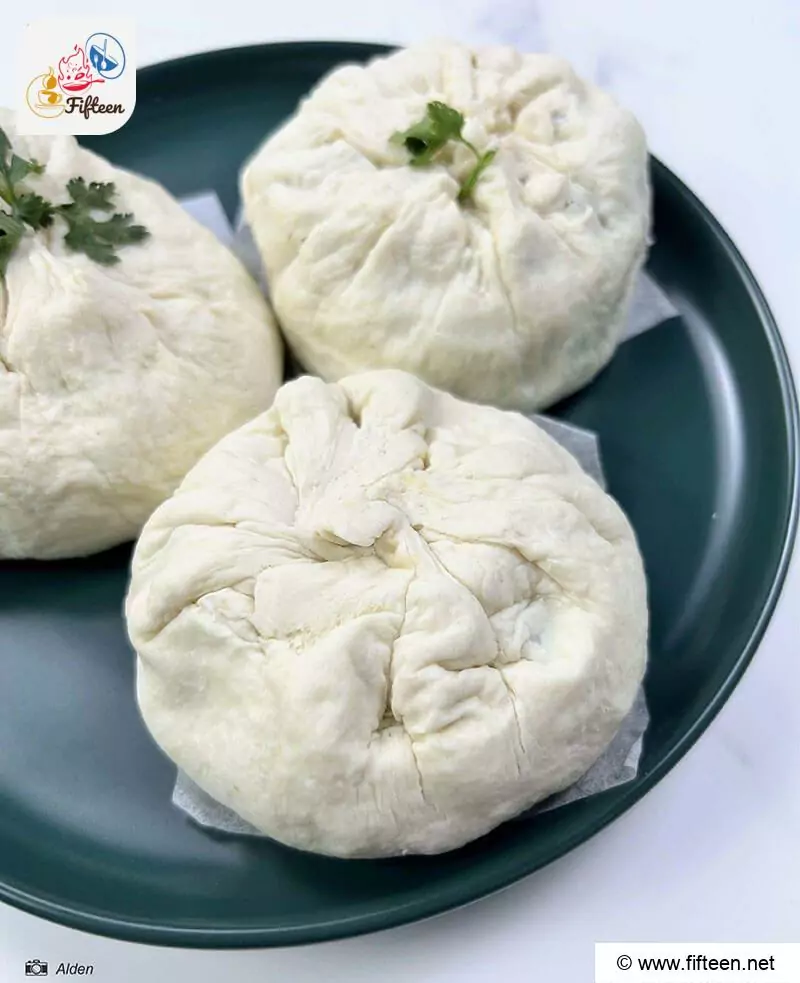
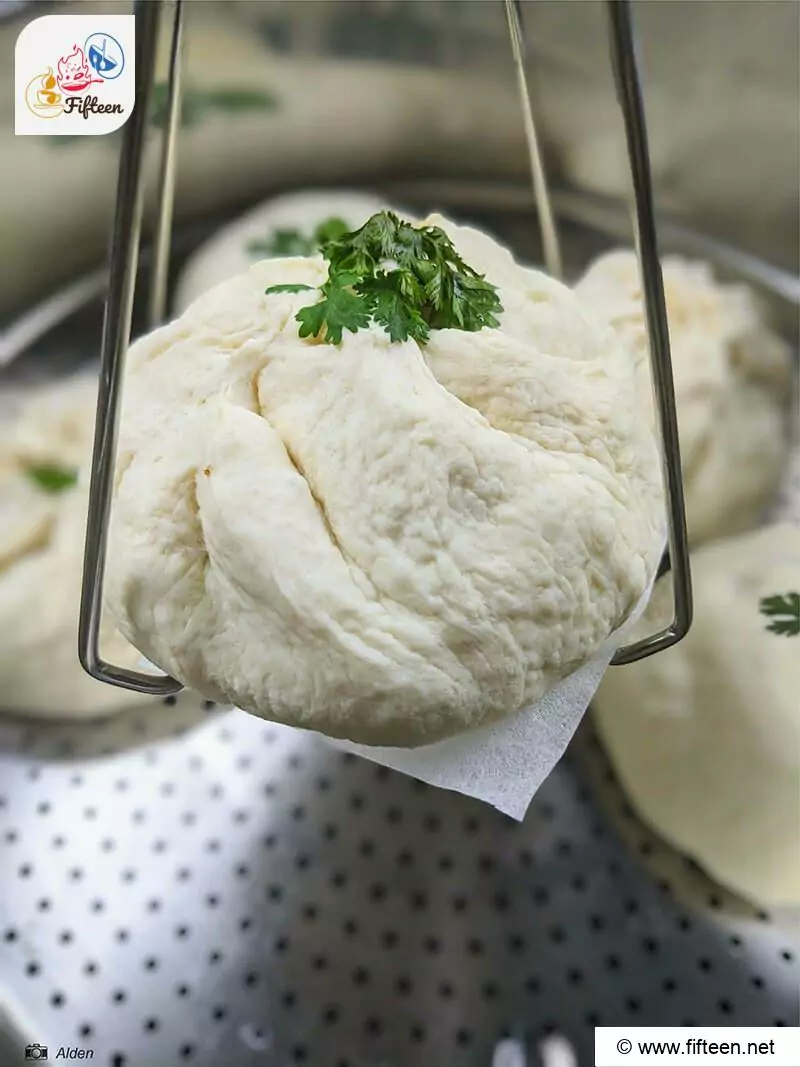
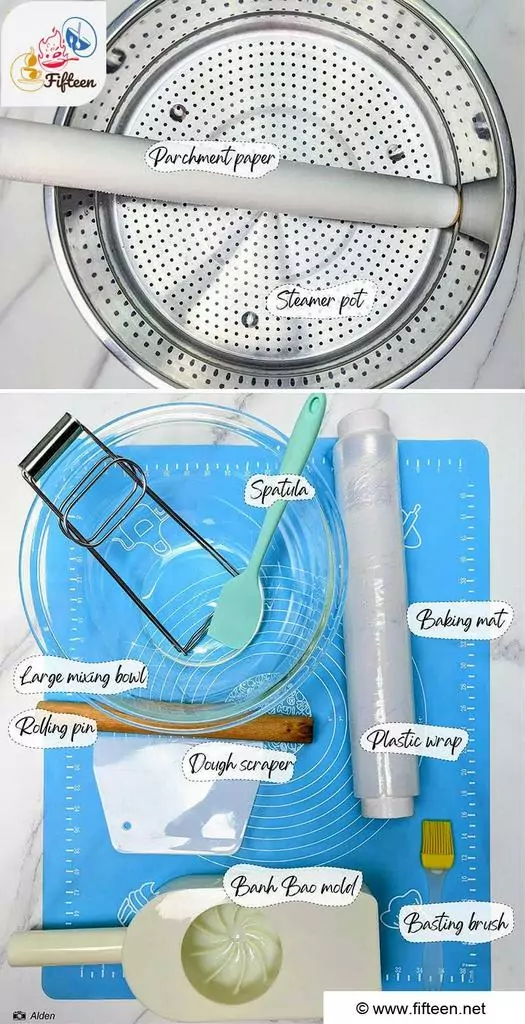
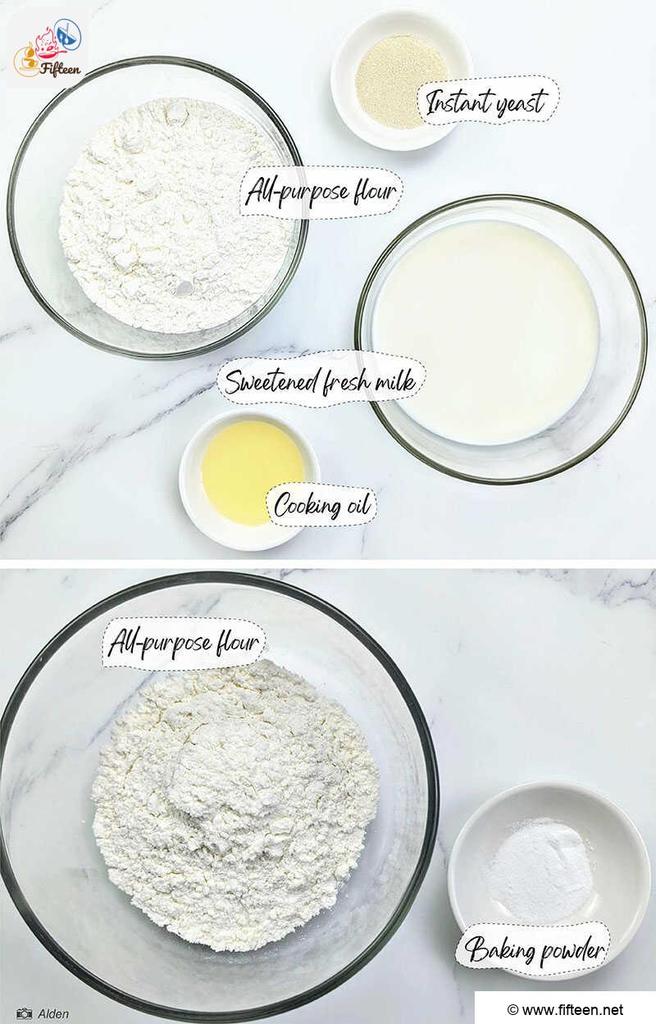
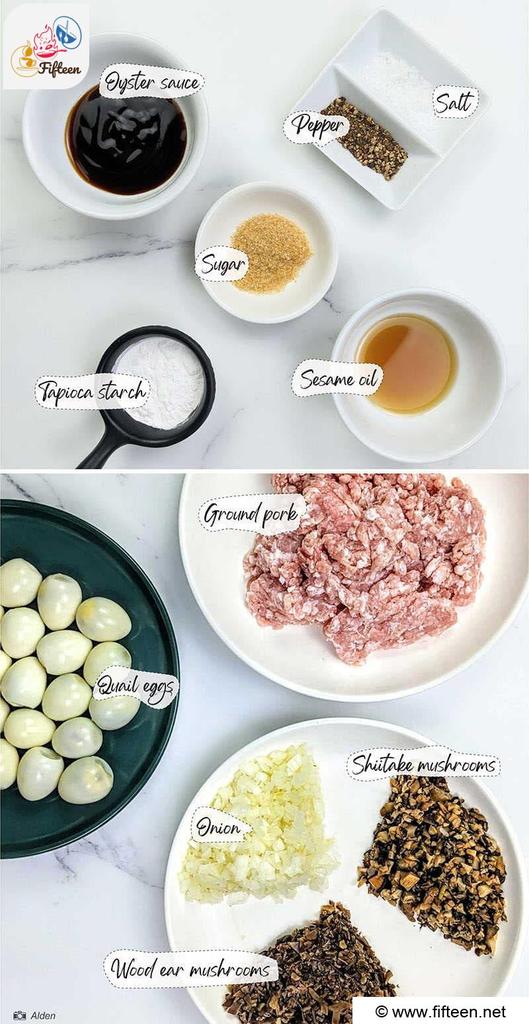
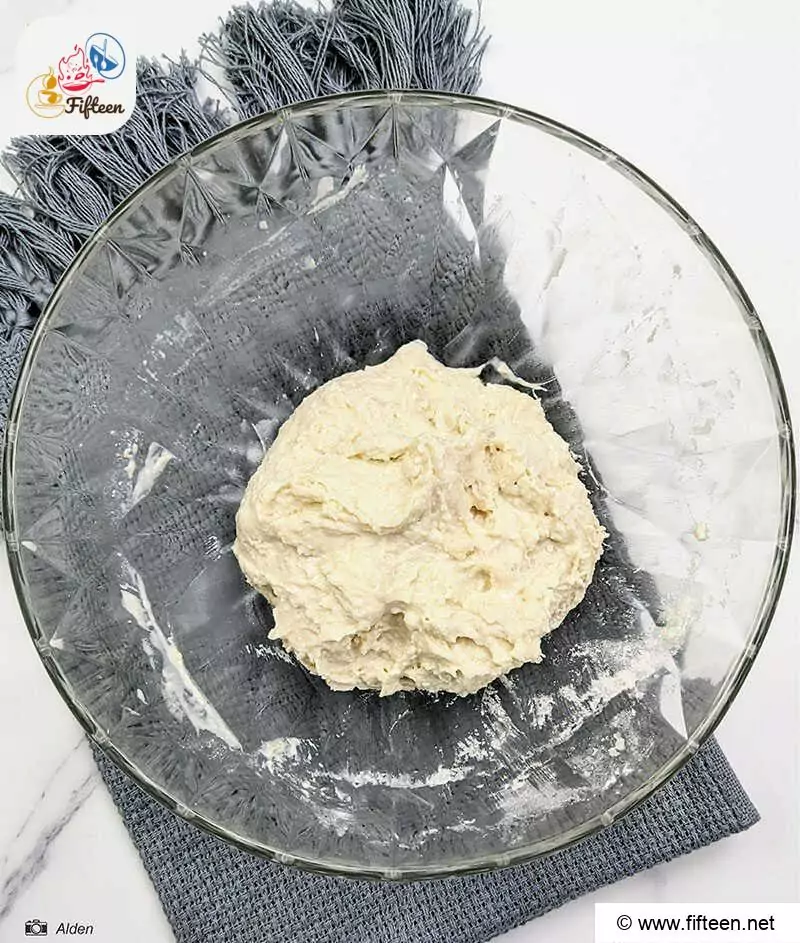
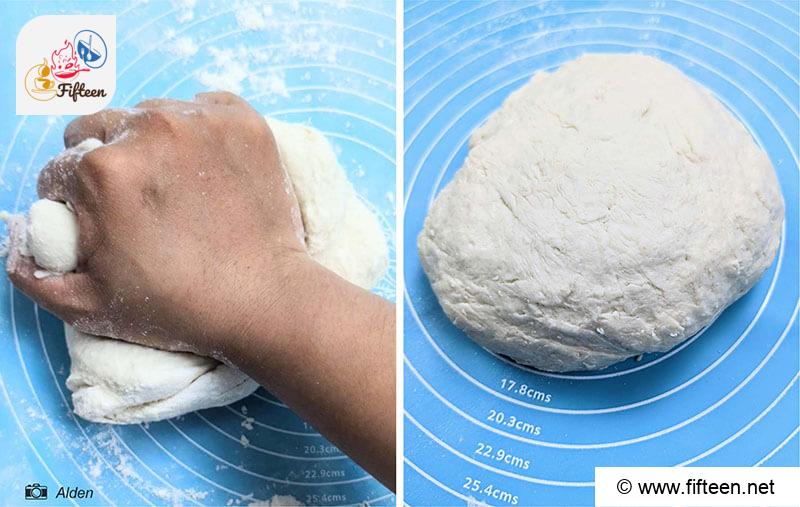
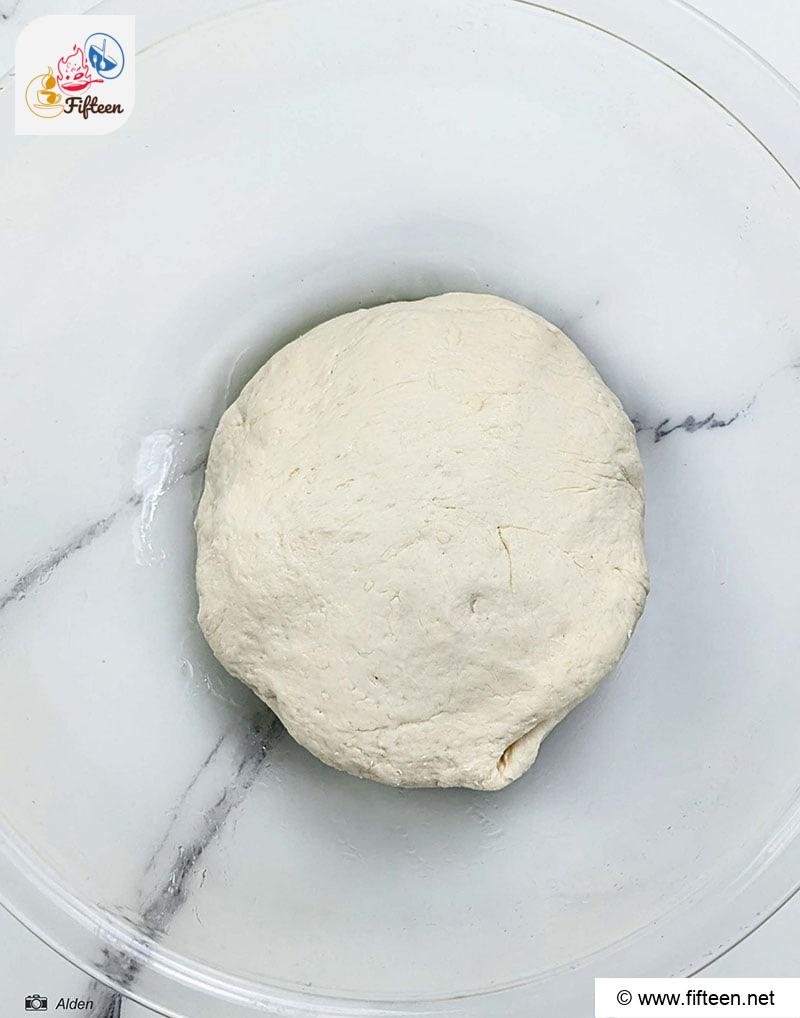
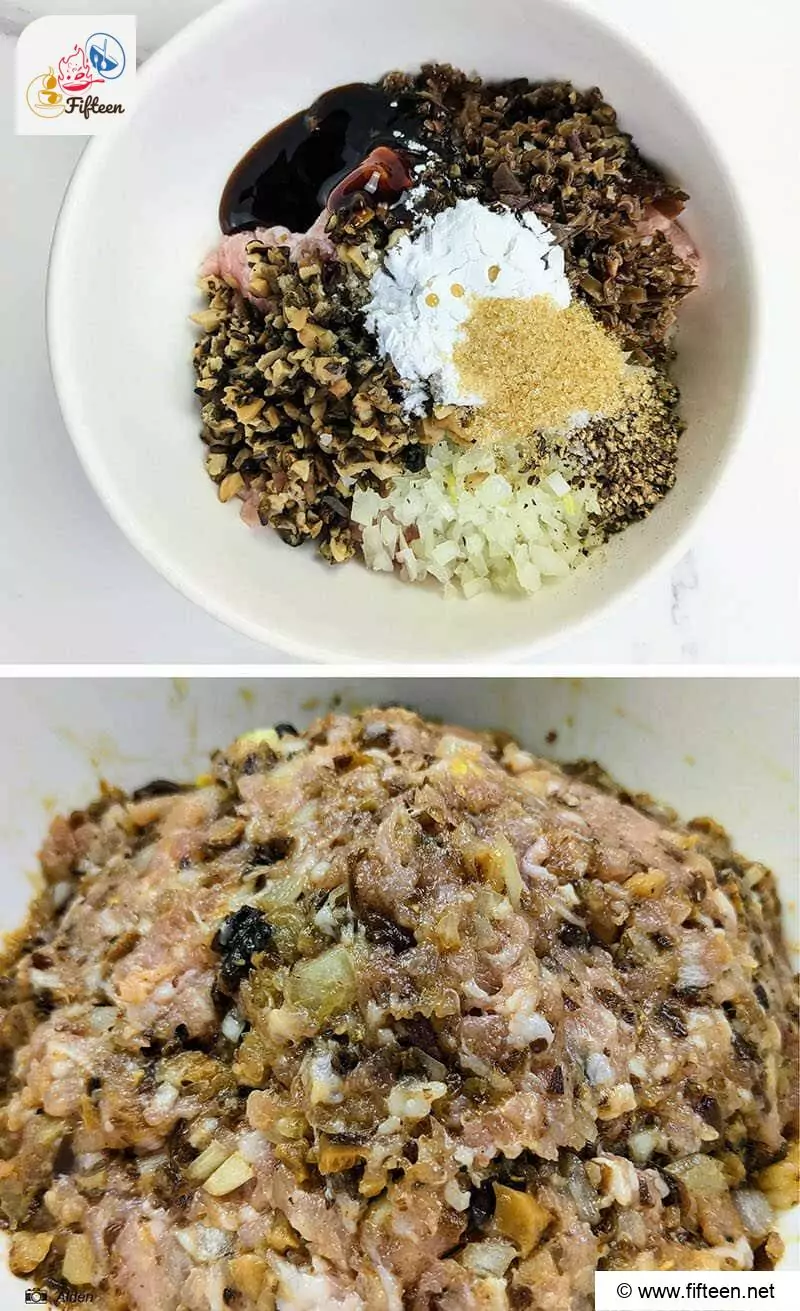
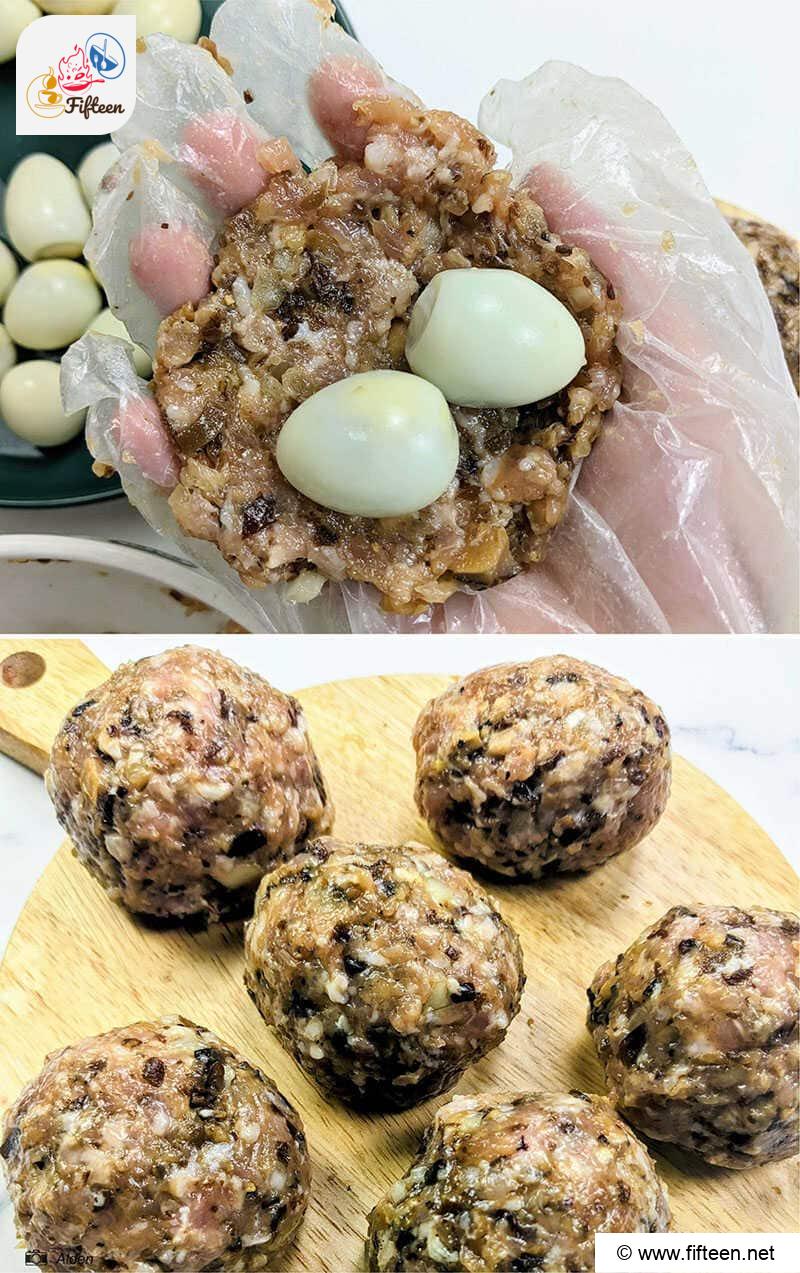
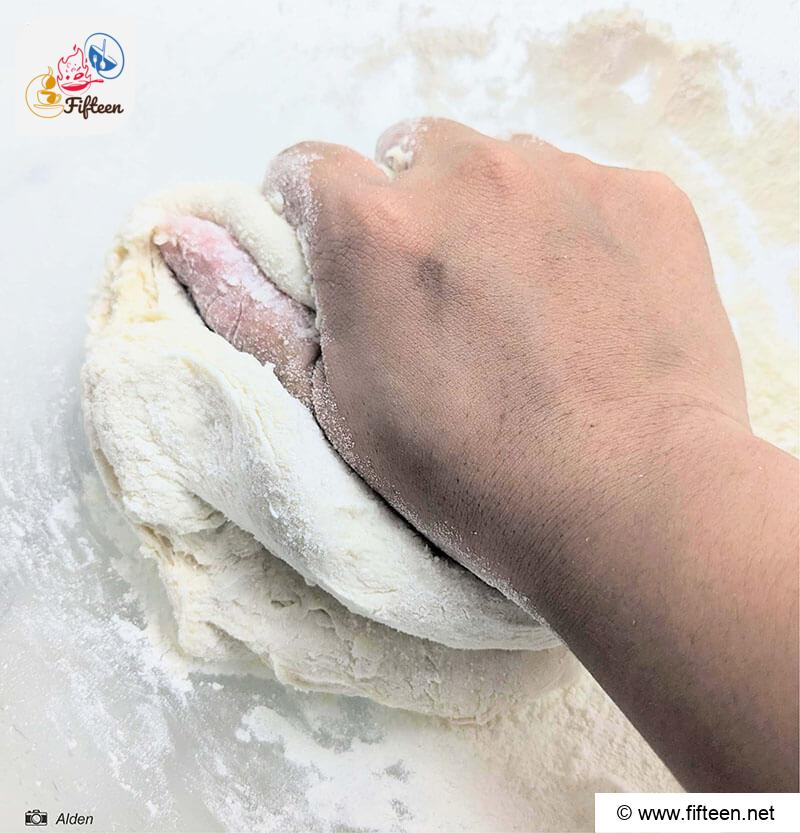
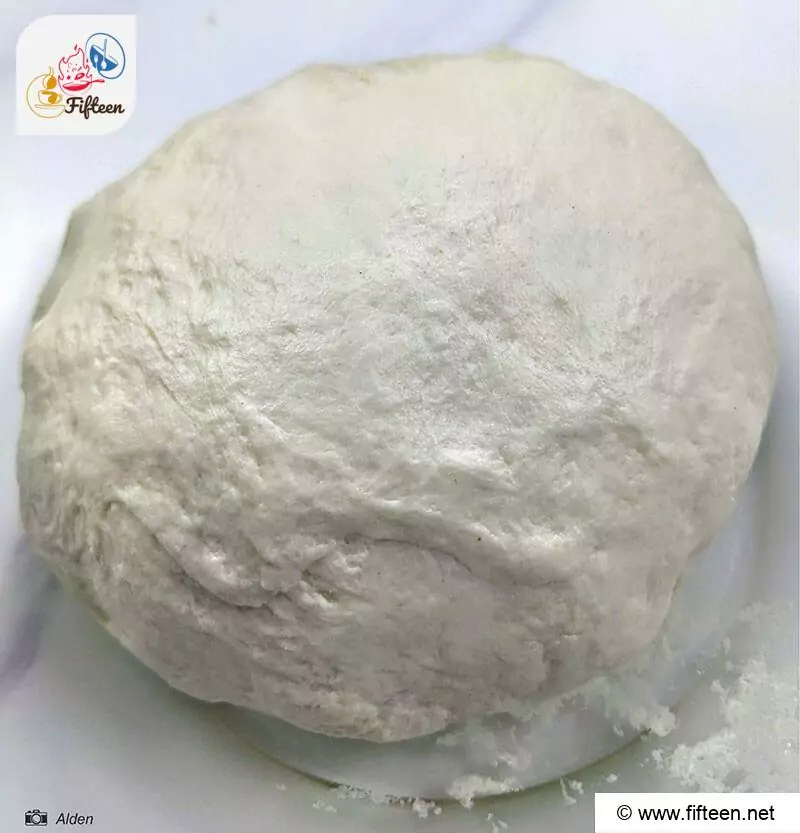
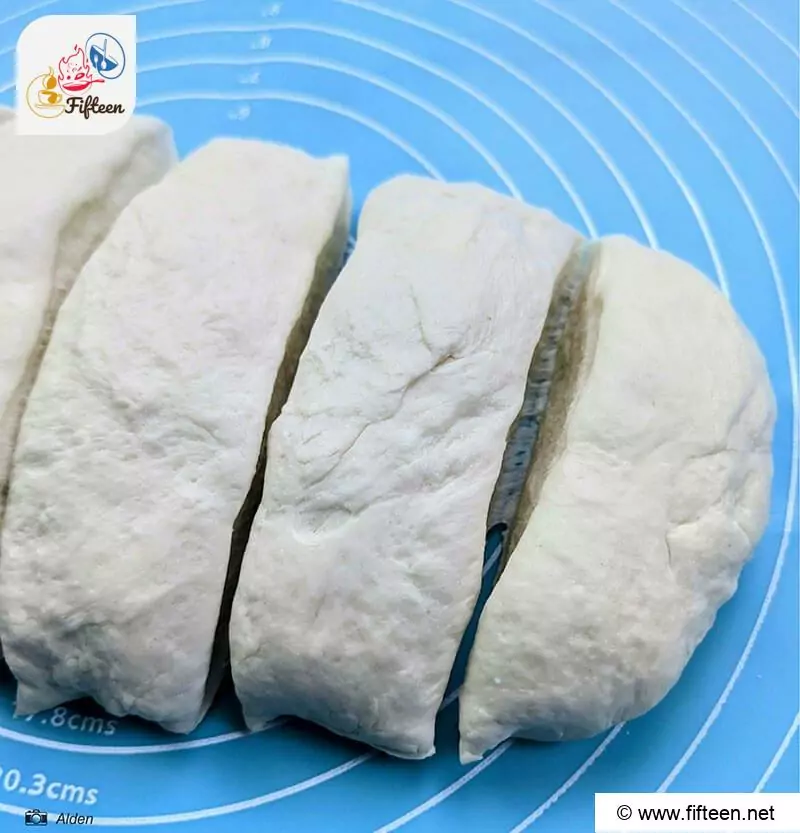
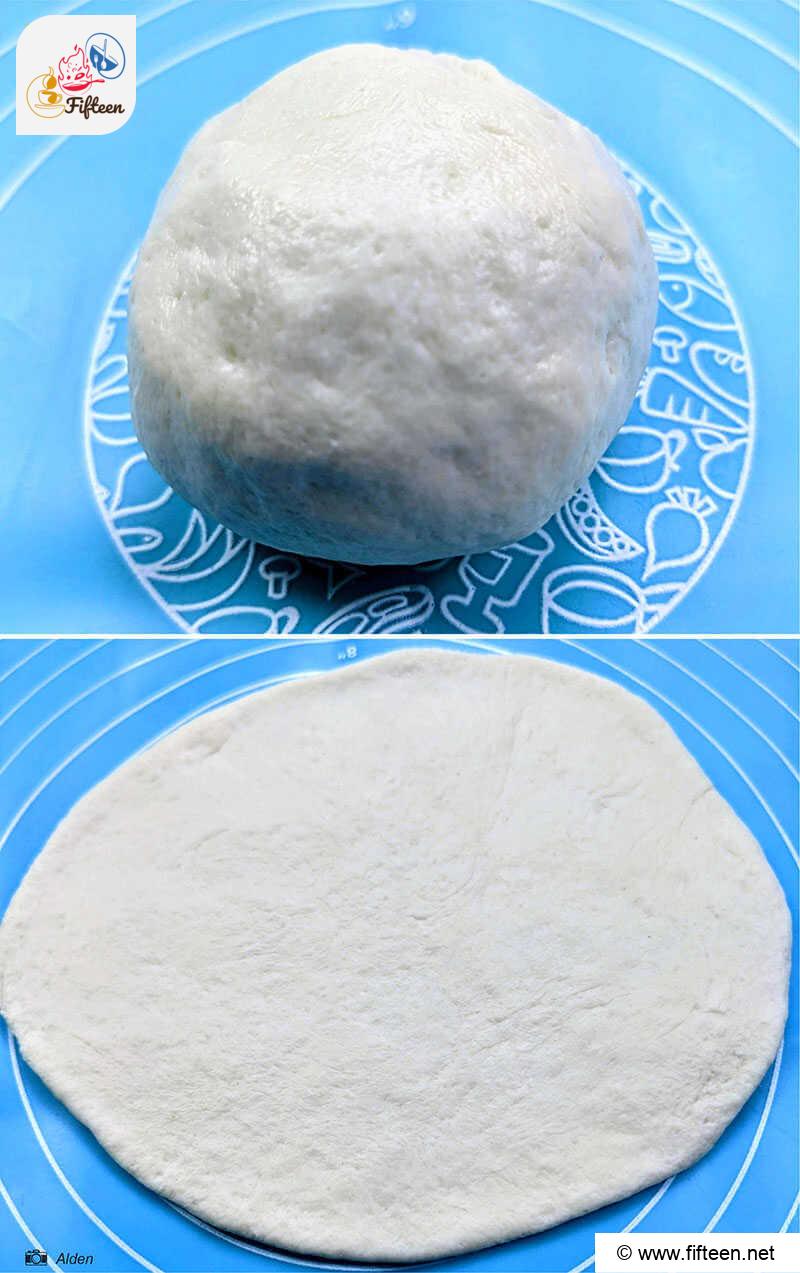
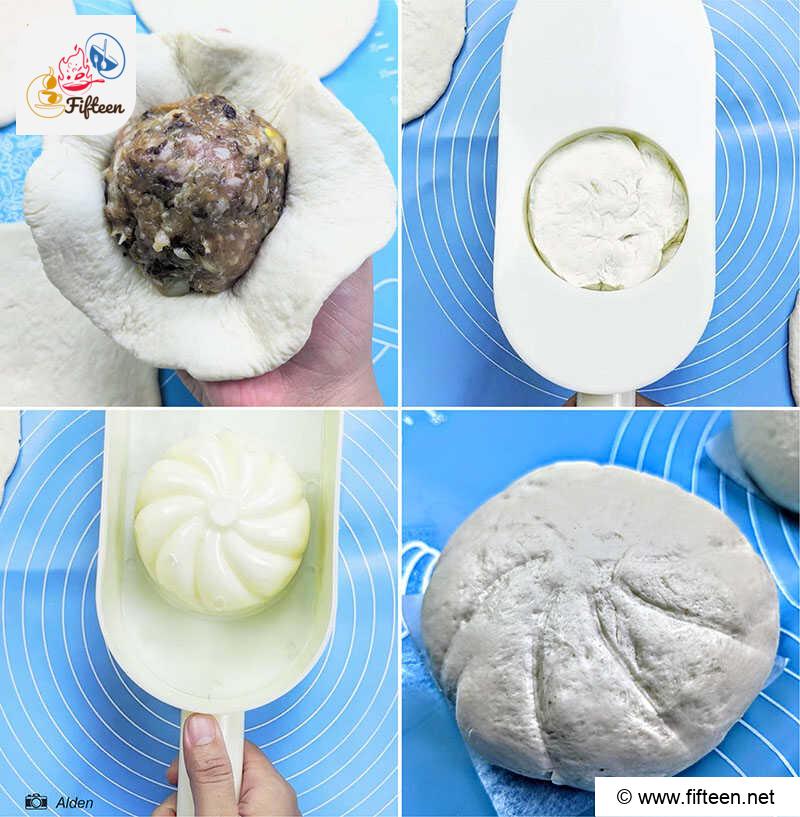
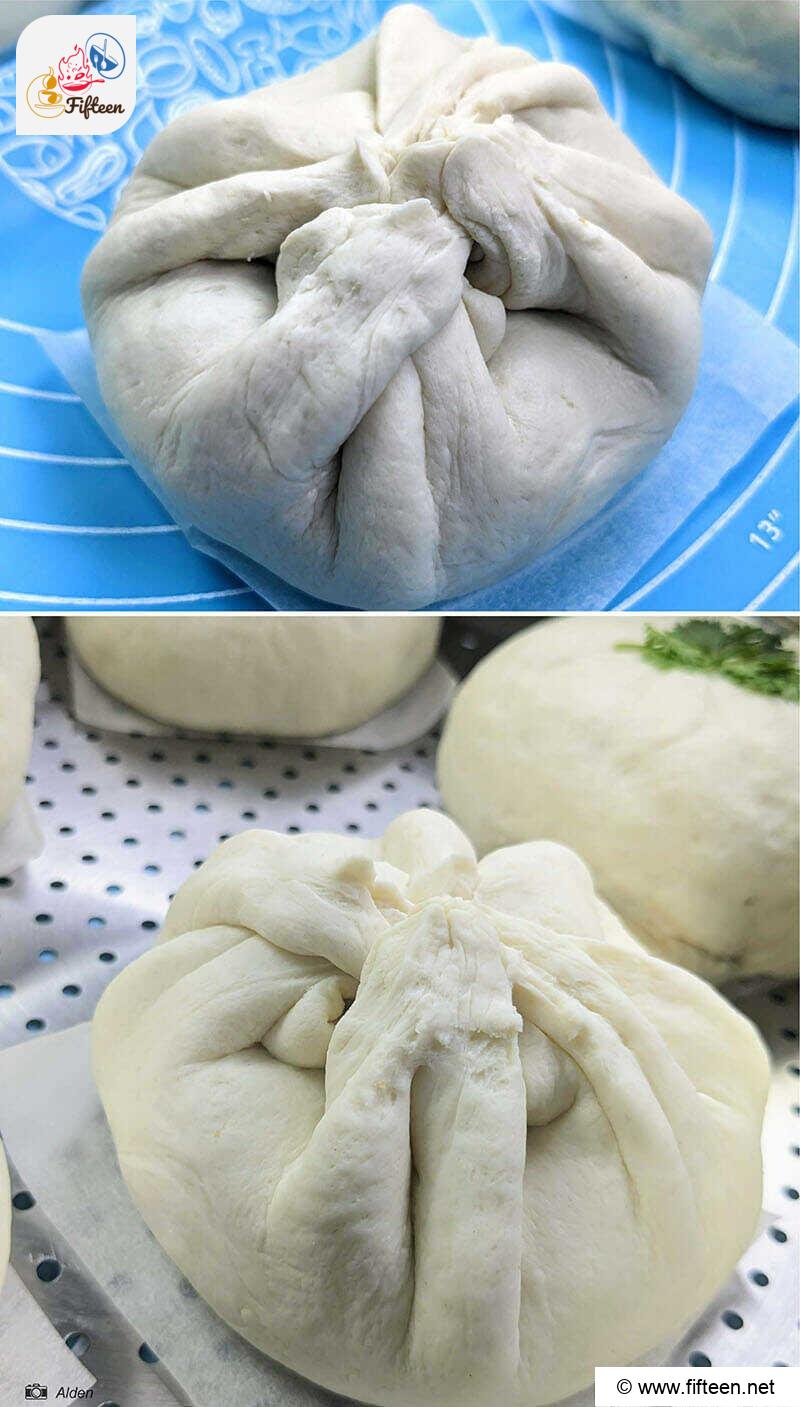
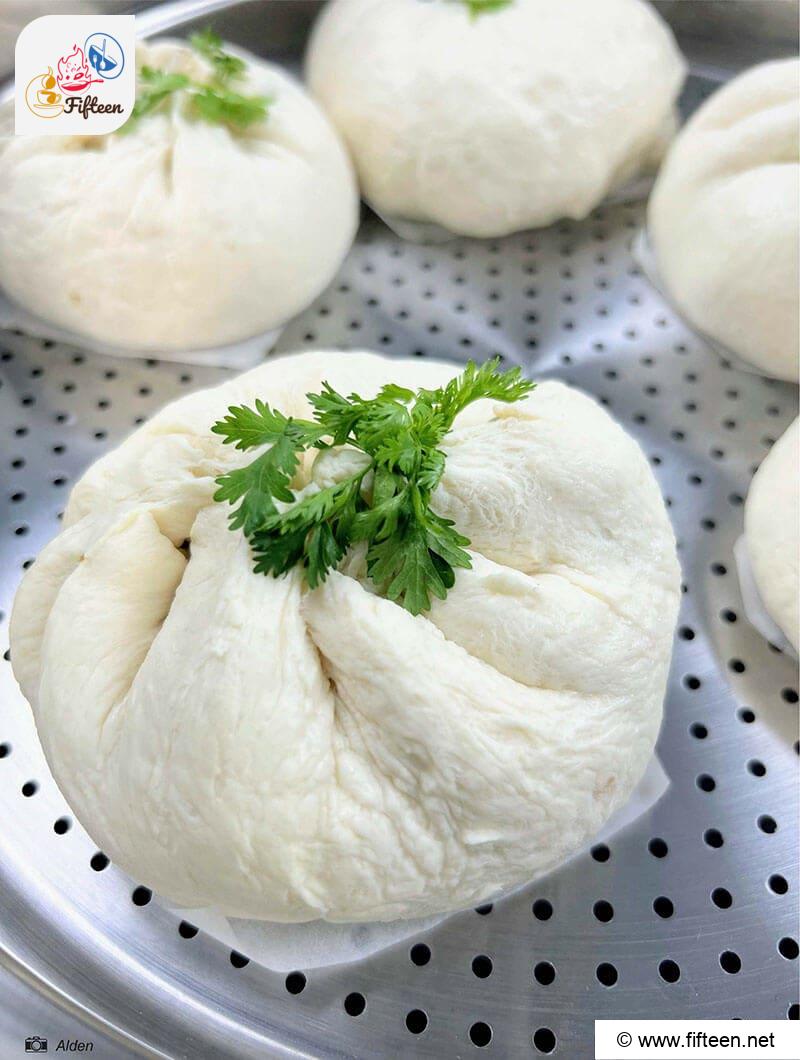
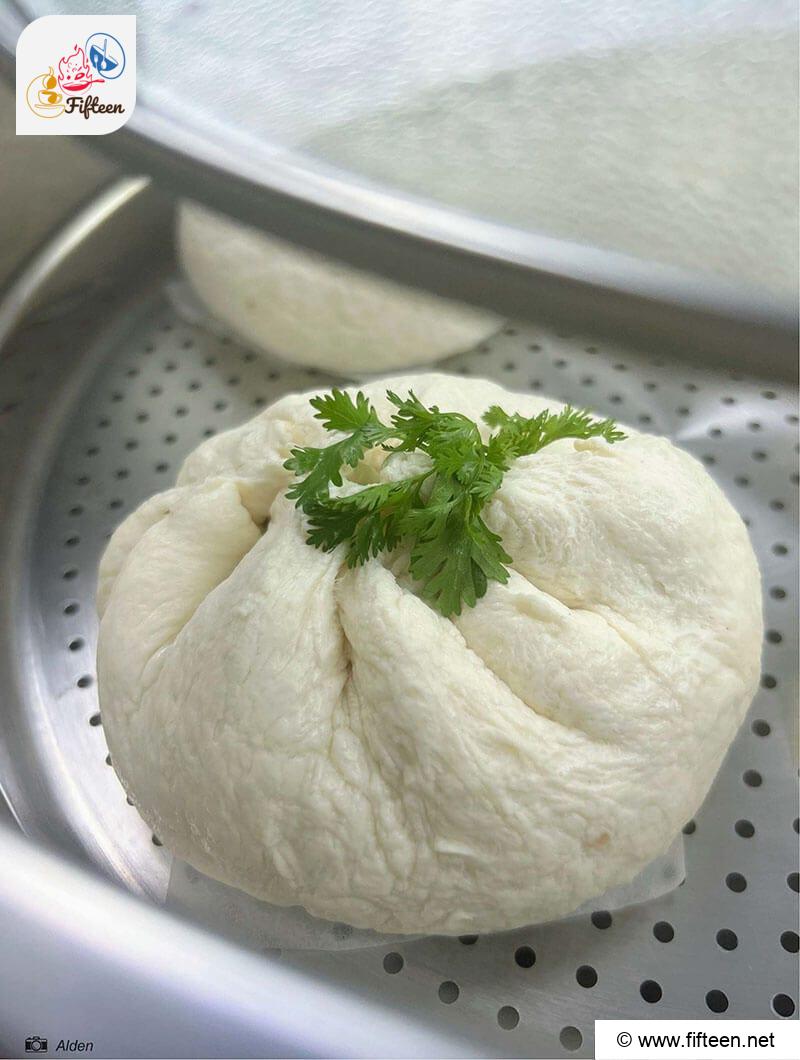
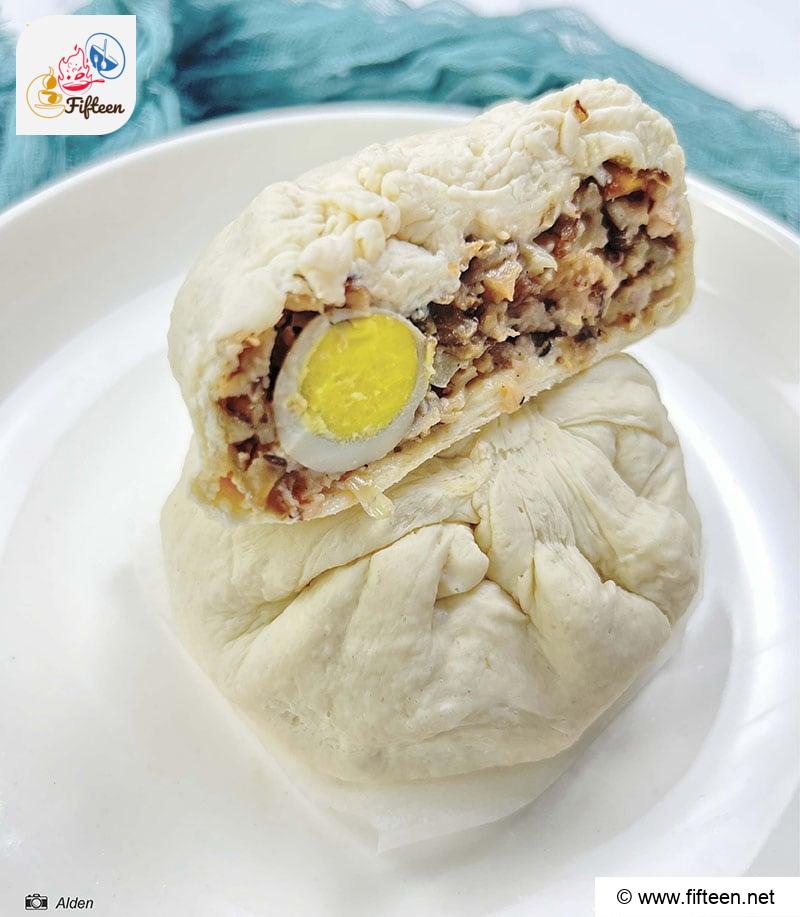
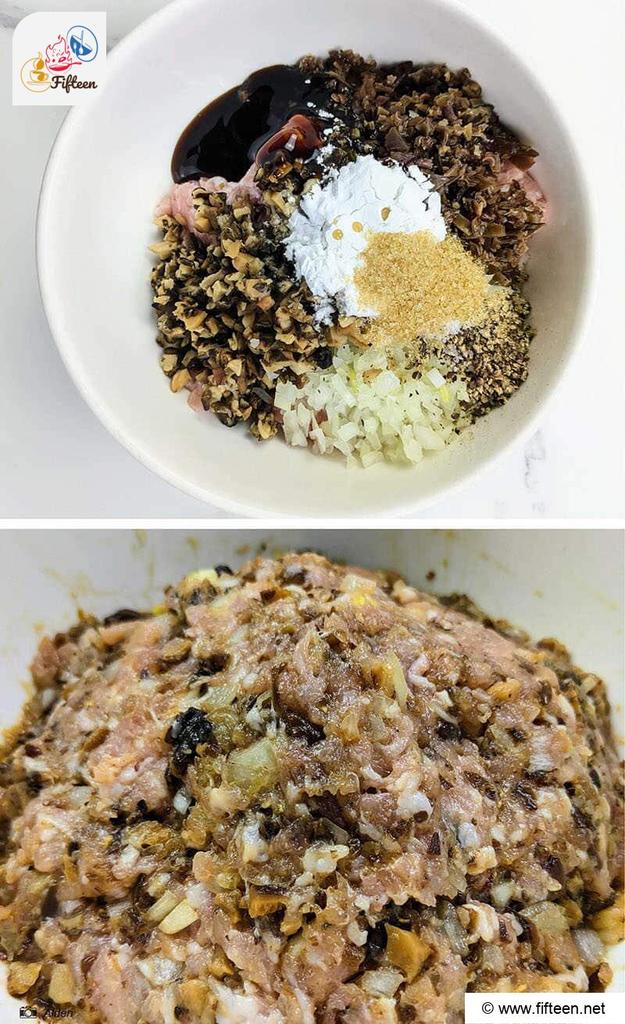
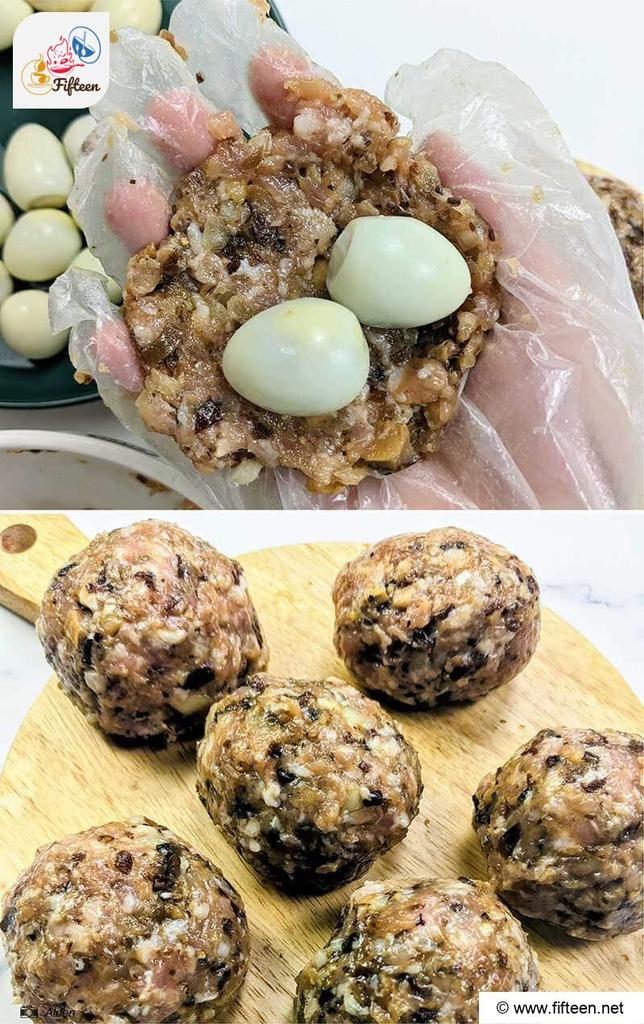
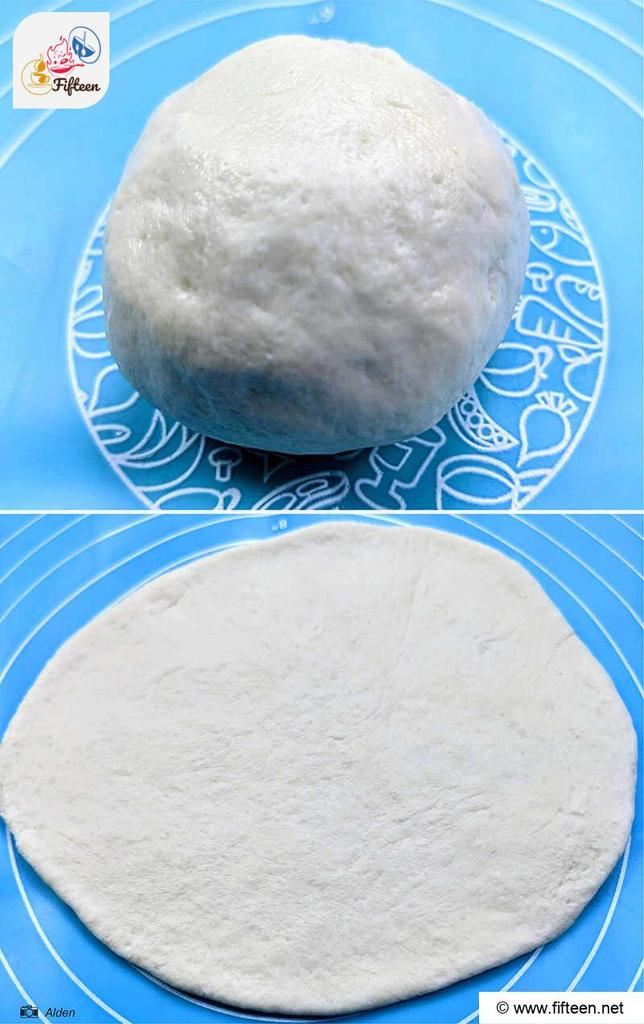
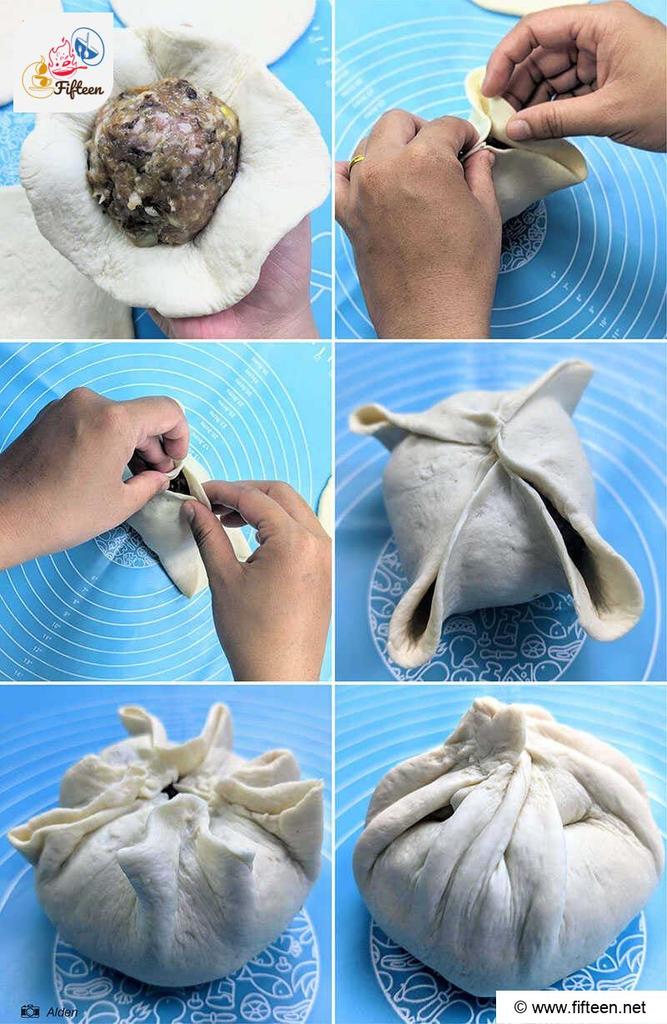
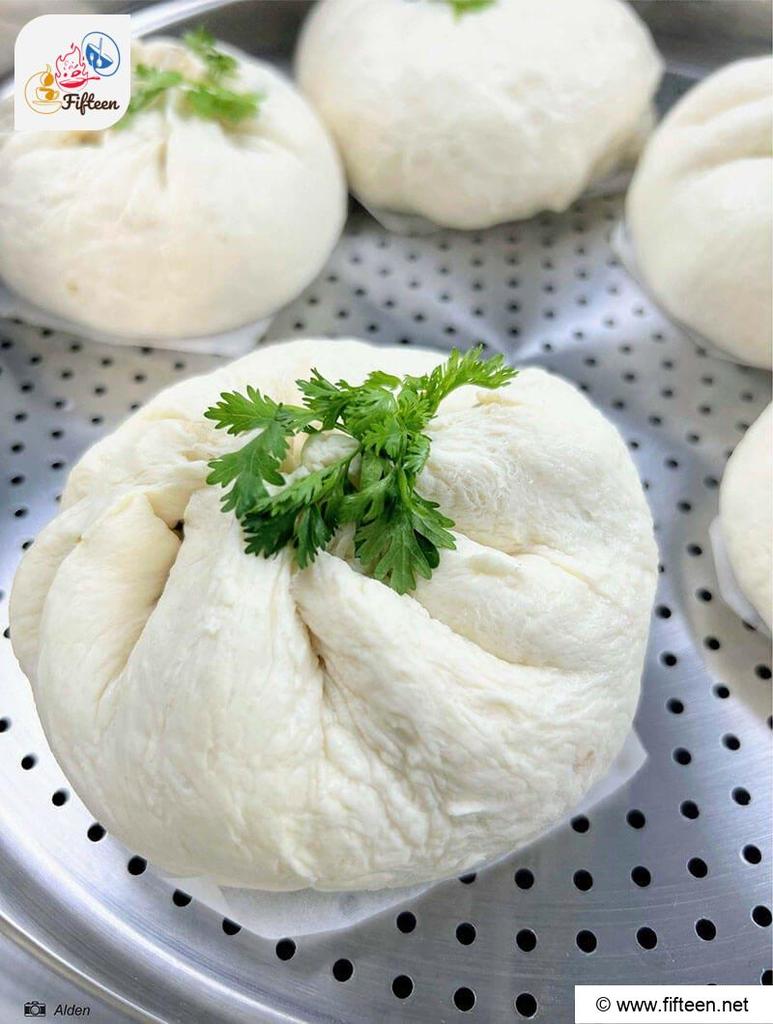
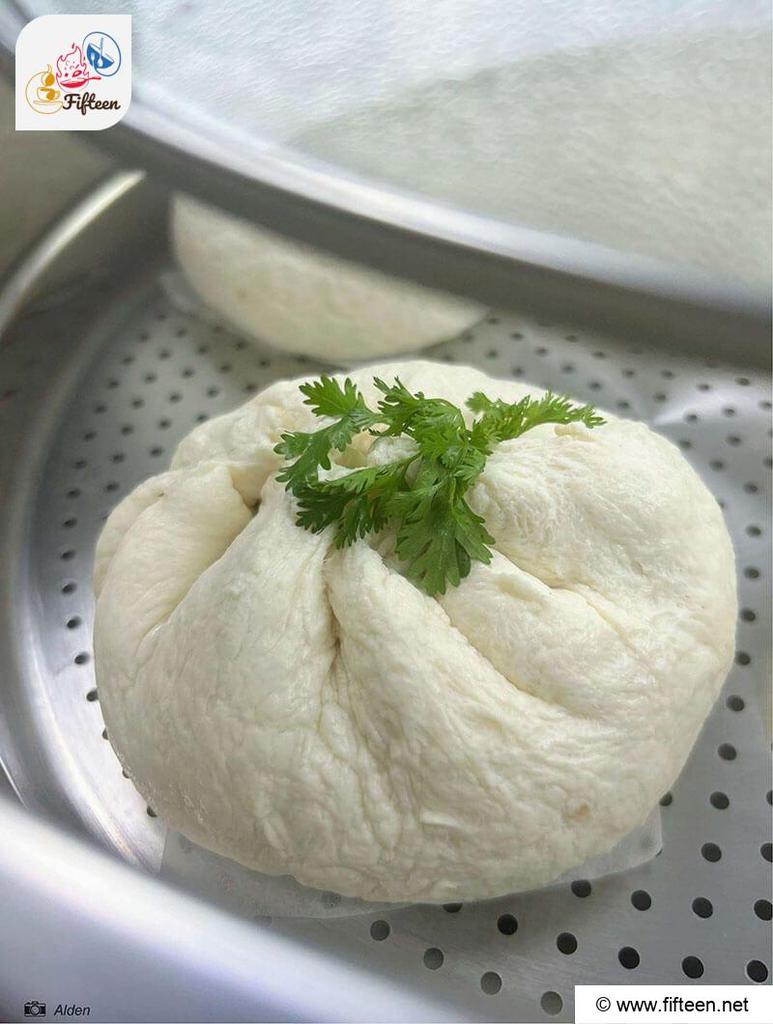
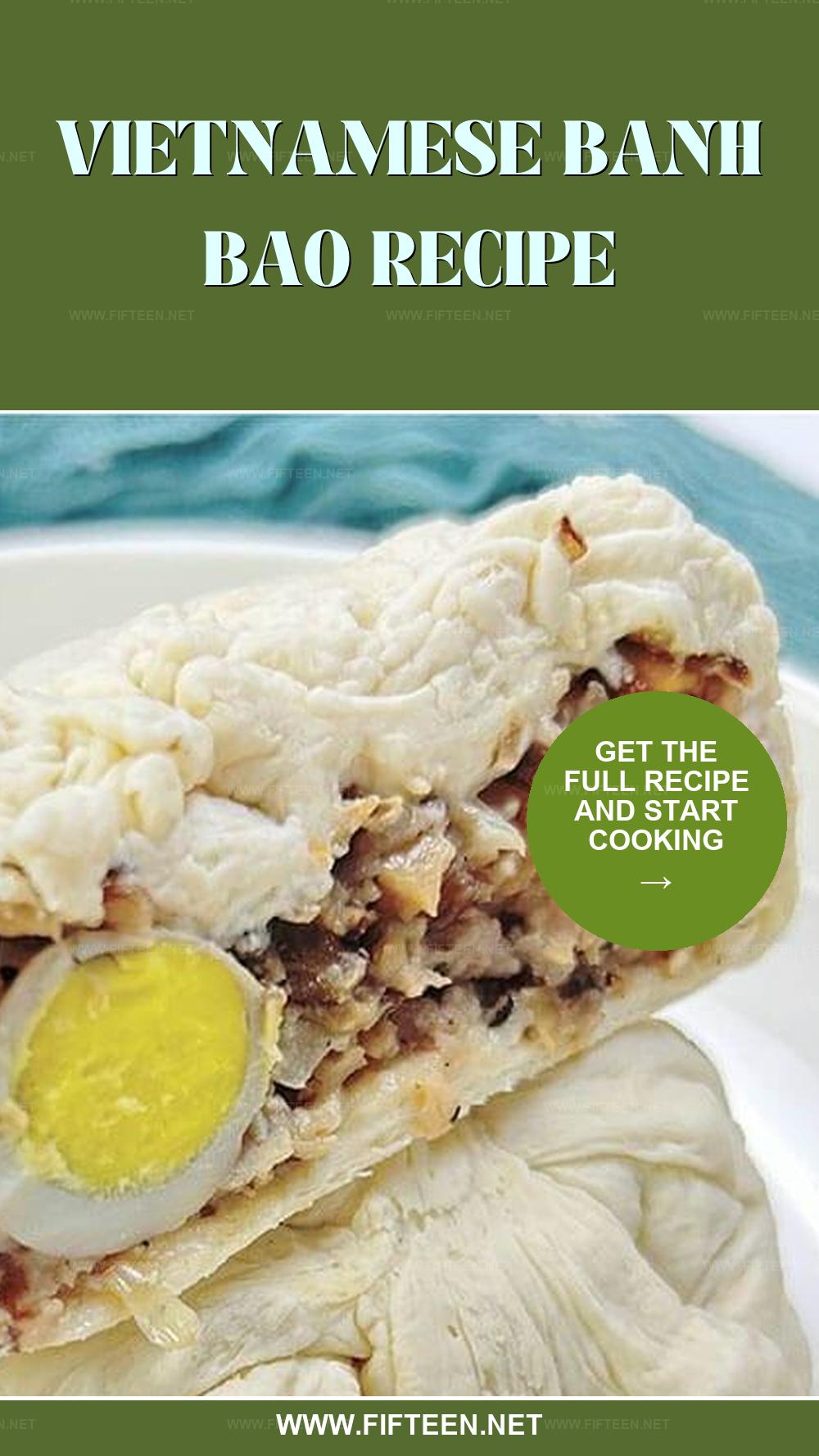
Tien – Alden
Content Writer
Expertise
Home Cooking, Recipe Development, Food Editor, Beverage Editor, Cooking-video Maker, Asian Food Content Creator
Education
Saigon Tourism College
Advanced Culinary Workshop, Beijing
Vietnamese Traditional Cooking School
American College of Vietnam
Alden is a skilled chef with expertise in Asian cuisines, known for blending traditional Vietnamese and Chinese cooking with contemporary innovations. Alden’s passion for Asian flavors and her creative approach to both food and beverages inspires fellow chefs and those aspiring to enter the field.